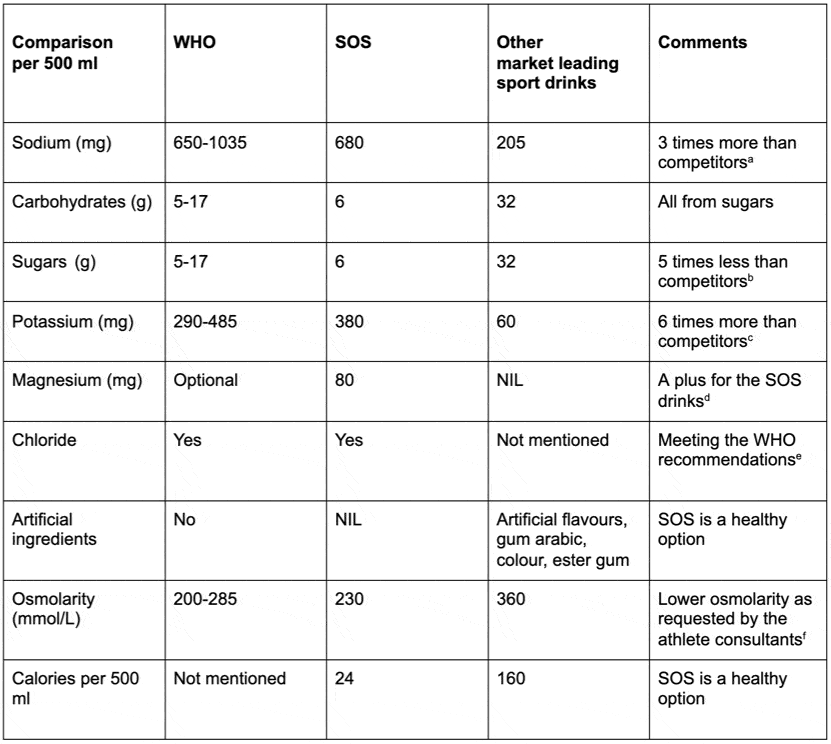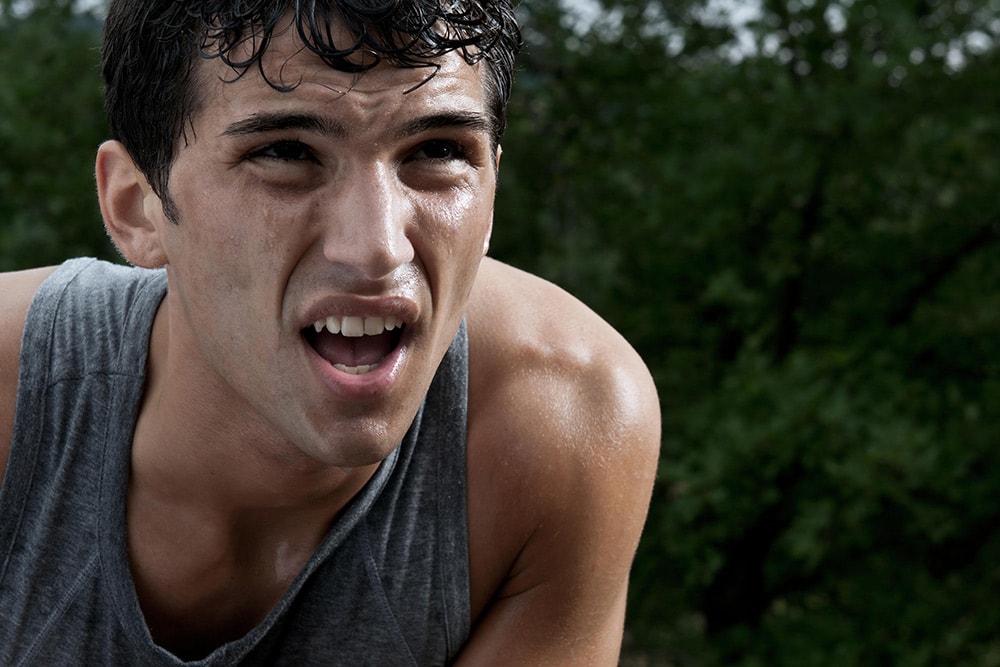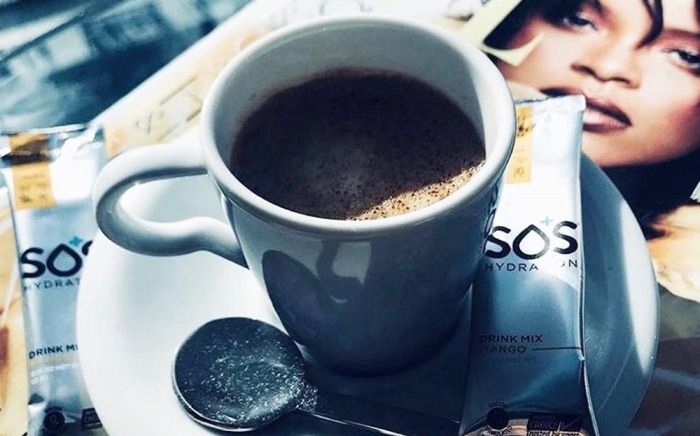Preventing Dehydration in Athletes
Dehydration occurs when the water intake is lower than the water loss, disrupting the body’s water balance and impacting the body’s metabolism. This may happen due to intense exercise, heat or disease.
Athletes lose a percentage of their body weight when engaging in sports, usually through sweat. If the fluid intake is not proportional, dehydration sets in (What is dehydration?), and if it reaches the level of 2%, the physiologic function is disturbed and the sport performance is negatively influenced. Higher levels of dehydration can lead to heat cramps or exhaustion (above 3%) or even heatstroke (above 5%). This deterioration can happen very quickly, within one hour of intense exercise, or even quicker if the athlete was not in a state of euhydration¹ when they started.
For a proper management of the hydration level when practising sports, it is vital to recognise the signs and symptoms of dehydration. Those may include thirst and general discomfort, but also headache or dizziness. There can be gastrointestinal symptoms as well, like cramps, heartburn and vomiting. Other symptoms include chills, nausea, head or neck heat sensations, and overall decreased performance.
Please remember that thirst is a famously poor indicator of dehydration because an athlete can lose already over 1.5 litres of body water before becoming thirsty.
Also Read: Why Hydration is Crucial for Triathlon Training
What Causes Dehydration?
Knowing the causes of dehydration is also very important, as it can help to tackle the ensuing problems from the very beginning. Such causes include:
- The intensity of the sport and the level of energy it requires (e.g., volleyball vs. rugby) → the greater the effort, the bigger the fluid loss.
- If helmets and padding are required → the amount of sweat will increase resulting in greater fluid loss.
- Availability of rest breaks and access to fluids → in certain sports (e.g. track and field, rugby, etc.) the athletes can consume fluids more often, while in others (e.g. soccer, distance running, etc.) the opportunity to hydrate is limited to specific times.
- Environment of play → Hot, humid areas and high-pressure altitudes can increase fluid loss.
Numerous studies have shown that endurance athletes should drink beverages containing carbohydrate and electrolyte during and after training or competition, for maintaining a proper hydration during intense effort.
SOS Hydration sport drinks take into consideration the recommendations of the World Health Organisation (WHO), striking the perfect balance between the said recommendations and the athletes’ expressed needs. Our drinks have been designed by a MD in collaboration with two former tack athletes, thus marrying science with sport experience.
Best Electrolyte Drink
A simple comparison between the SOS drinks and the WHO recommendations on one side and the characteristics of other market leading sport drinks on the other side, shows that the SOS products are by far the best in the field:

a – Sodium is a critical electrolyte that helps to deliver water to your body’s cells
b – Less sugar was one of our aims when designing the SOS drinks
c – Potassium helps regulate fluid balance, nerve signals and muscle contractions
d – Magnesium is a natural mineral essential to health and hydration, replacing lost minerals
e – Chloride helps keeping the amount of fluid inside and outside of your cells in balance
f – Lower osmolarity helps maintaining the gastrointestinal balance
SOS Hydration makes it its core mission to provide the public with high tech hydrating drinks, which will ensure that you stay healthy while doing what you love. For more information on the quality of our drinks, you can look on our website and Instagram page, or contact us directly.
Enjoy your summer and stay hydrated!
¹ The state of optimal total body water content







